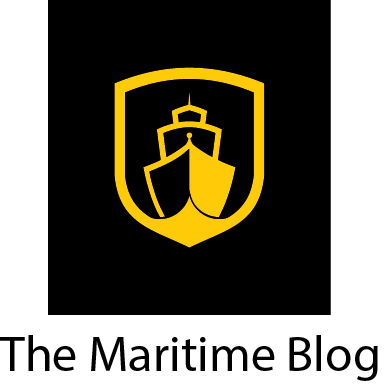 In this guest blog, Tore Longva from DNV GL Maritime explains all the different ways by which emissions regulation will be an industry game-changer.
In this guest blog, Tore Longva from DNV GL Maritime explains all the different ways by which emissions regulation will be an industry game-changer.
The key environmental challenge for shipping will be in the short term to comply with the global 0.5% sulphur limit in 2020, and in the longer term to achieve the ambitions of the recently adopted IMO Greenhouse Gas (GHG) strategy. Both will have a transformative impact on how the world’s fleet is fuelled.
The GHG strategy includes a vision to decarbonise shipping as soon as possible within this century, with the further aim to reduce total GHG emissions from shipping at least by 50% in 2050, and to reduce the average carbon intensity (CO2 per tonne-mile) by 40% in 2030 and 70% in 2050, compared to 2008.
Can we expect that these targets will be achieved? The IMO GHG targets are ambitious and will require application of currently immature technologies and solutions, acceptance of lower speed and deployment of large volumes of carbon-neutral fuels. Such fuels will also be essential to achieve the IMO vision to fully decarbonise shipping somewhere between 2050 and 2100.
Although the IMO’s ambition is clear, its conversion into practical regulations is still unclear. To meet its targets, the strategy must be followed by mandatory requirements for individual ships, and by other policy measures to support development and implementation of new technologies and fuels.
In our ‘Maritime Forecast to 2050’, published in September 2018, DNV GL has made a projection of energy use in international shipping, assuming that regulations and policy measures are put in place to incentivise the necessary emission reduction.
We predict that fuel consumption per tonne-mile will decline 30% on average due to energy-efficiency measures, mainly hull and machinery improvements and speed reduction. Total energy use in international shipping will increase from about 11.2 EJ in 2017 to a peak of 12.7 EJ in 2035 and then decrease to 11.1 EJ in 2050. This equates to 267 Mtoe in 2050 of which 90 Mtoe heavy fuel oil (HFO)/marine gas oil (MGO); 61 Mtoe LNG; 99 MToe carbon-neutral fuels; 3.6 MToe hydrogen and an additional 159 terawatt hours (TWh) of electricity.
Carbon-neutral fuels are a big bag of possible fuels, ranging from biofuels and electricity to hydrogen and ammonia. The common denominator is that they are carbon-neutral in a life-cycle perspective. We have not projected which of these fuels will be further developed and implemented. The many alternative fuels, and their sprawling characteristics, make it difficult to clearly identify winners and losers at this point in time.
Shipping has always had to manage risk and uncertainty. On top of the well-known, cyclic ups and downs of the shipping markets, history is rich with examples of external shocks or events that have caused significant changes to the industry. These include commercial game-changers like containerisation, technological break-throughs like the transition from sail to steam power, or radical regulations such as the double-hull requirements imposed on tankers.
However, looking back 100 years, we find very recognisable ships. The main changes have been on ship size and cargo types, and not on design and fuel. Given the above trends and drivers, can we expect that the ships built in 10 and 20 years will be as similar as those sailing today?
Source: UK Chamber of Shipping



















